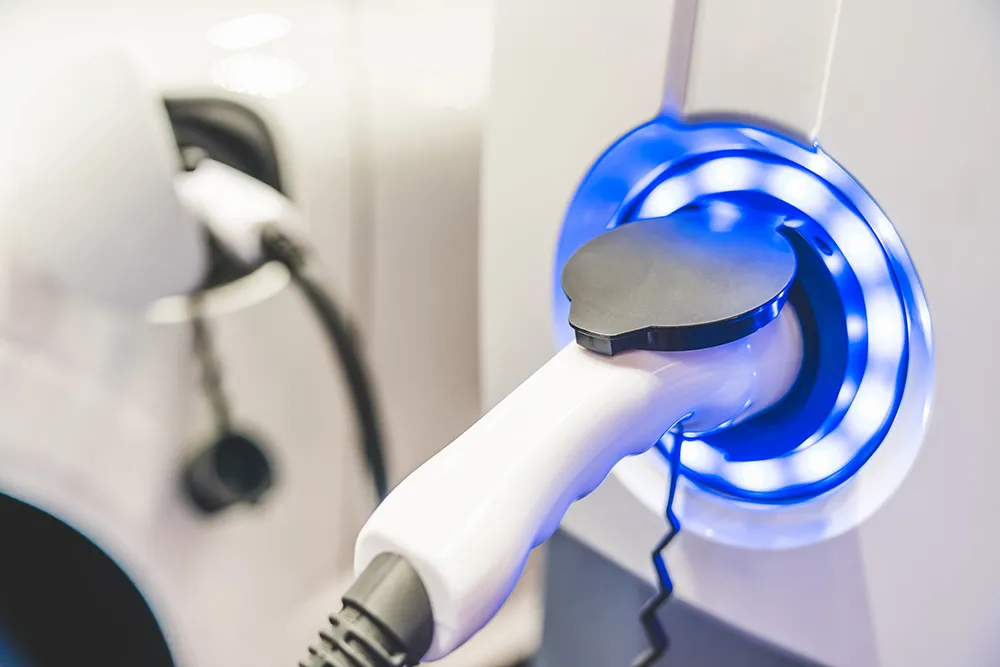The market for hybrid and pure electric cars homologated as such is set to be US$188 billion in 2025 according to IDTechEx analysis.
However, according to Dr Peter Harrop, chairman of IDTechEx, the world has changed for cars overall and now big is not always beautiful for mainstream car manufacture. EVs will reflect this. Although Sergio Marchionne, boss of Fiat Chrysler, famously said six million units a year is needed for a car maker to be profitable, his head of research Pietro Perlo left to successf
November 7, 2014
Read time: 3 mins
The market for hybrid and pure electric cars homologated as such is set to be US$188 billion in 2025 according to 6582 IDTechEx analysis.
However, according to Dr Peter Harrop, chairman of IDTechEx, the world has changed for cars overall and now big is not always beautiful for mainstream car manufacture. EVs will reflect this. Although Sergio Marchionne, boss of1674 Fiat 1958 Chrysler, famously said six million units a year is needed for a car maker to be profitable, his head of research Pietro Perlo left to successfully make small pure electric vehicles in a start-up. The car company that has shocked the industry by proving it wrong about the viability of pure electric cars is Tesla in the USA - a start up with better technology.
At the other side of the world, Donald Wu in Taiwan is global leader in little single-seat mobility vehicles for the disabled, having sold nearly one million of them. He said he would be better able to make electric cars than the big car companies and he is proving it by making and selling several home grown models. Also in Taiwan sit the 100 pure electric cars that giant1686 Toyota made before giving up in frustration at their poor cost-performance. Executives from small Taiwanese manufacturers are now driving these cars and they figure they can solve the problems.
Small companies are sometimes better at riding the bucking bronco of accelerating technical change particularly because, paradoxically, the megatrends in cars make them simpler. These include conventional to hybrid to pure electric and mechanical parts experiencing simplification then elimination. Electrics and electronics are merging into transmission or wheel or at least into the motor and battery housing - it does not stop there.
Structural electronics seen in the antennas and heaters in the windshield are transmogrifying into the super-capacitor trunk lid. Another version of structural electronics is the in-mould electronics in a shaped sheet of plastic starting to replace big wired components in dashboards and overhead control consoles and expected to replace copper wiring.
Big is beautiful is now only a half truth in Japan.4822 Suzuki and Daihatsu, dwarfed by the big boys, make most of the nicely profitable tiny ‘kei’ cars for Japan and India. Little 1844 Mazda led the electrification of conventional cars with its alternator/super capacitor energy harvesting and its unique stop-start. 4962 Mitsubishi, small as a car maker, although part of a big group, innovates strongly and its latest pure electric car is doing well. Little Subaru outsells 994 Volkswagen in the USA.
Indeed, the Economist notes that the small Japanese motor companies make bigger percentage profits than the big ones. Who will make all those millions of e-rickshaws, e-tuk tuks and MicroEV ‘cars’ needed in the Philippines, Indonesia and India? The car value chain has been upended. Nowadays, it is often the case that different people make the car and they use different parts.
Much of the car industry may be going the way of huge factories making steel or telephone exchanges. They were replaced by small ones.
However, according to Dr Peter Harrop, chairman of IDTechEx, the world has changed for cars overall and now big is not always beautiful for mainstream car manufacture. EVs will reflect this. Although Sergio Marchionne, boss of
At the other side of the world, Donald Wu in Taiwan is global leader in little single-seat mobility vehicles for the disabled, having sold nearly one million of them. He said he would be better able to make electric cars than the big car companies and he is proving it by making and selling several home grown models. Also in Taiwan sit the 100 pure electric cars that giant
Small companies are sometimes better at riding the bucking bronco of accelerating technical change particularly because, paradoxically, the megatrends in cars make them simpler. These include conventional to hybrid to pure electric and mechanical parts experiencing simplification then elimination. Electrics and electronics are merging into transmission or wheel or at least into the motor and battery housing - it does not stop there.
Structural electronics seen in the antennas and heaters in the windshield are transmogrifying into the super-capacitor trunk lid. Another version of structural electronics is the in-mould electronics in a shaped sheet of plastic starting to replace big wired components in dashboards and overhead control consoles and expected to replace copper wiring.
Big is beautiful is now only a half truth in Japan.
Indeed, the Economist notes that the small Japanese motor companies make bigger percentage profits than the big ones. Who will make all those millions of e-rickshaws, e-tuk tuks and MicroEV ‘cars’ needed in the Philippines, Indonesia and India? The car value chain has been upended. Nowadays, it is often the case that different people make the car and they use different parts.
Much of the car industry may be going the way of huge factories making steel or telephone exchanges. They were replaced by small ones.







